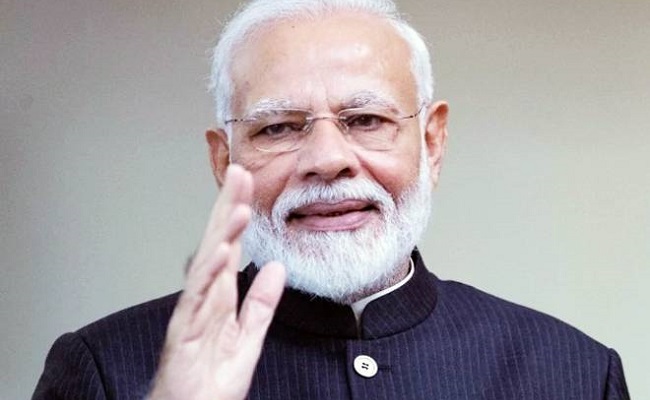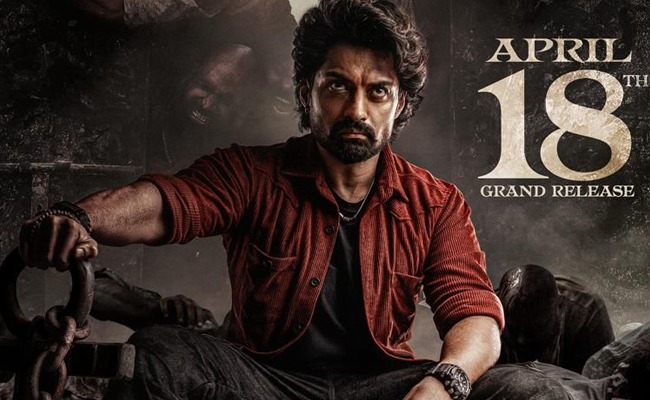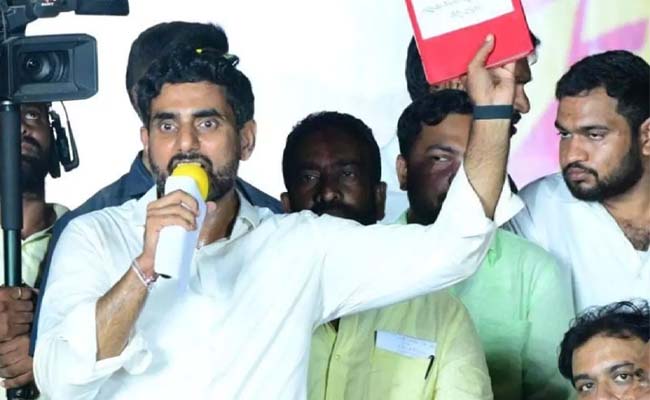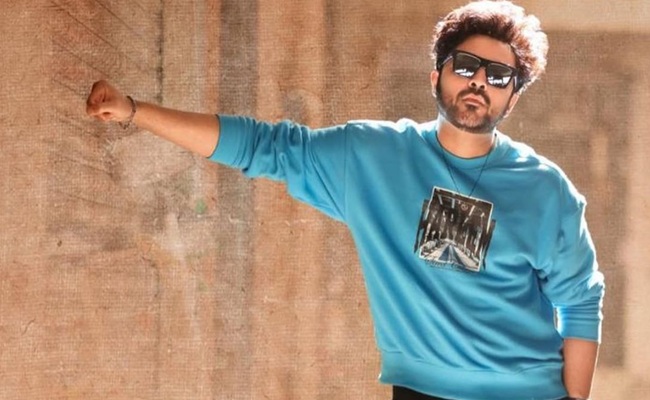
Prime Minister Narendra Modis charisma and popularity are holding the reins of the BJP juggernaut, which is now facing anti-incumbency at the Chief Minister and MP-level, as per the IANS C-Voter State of the Nation 2021 survey.
Despite the recent setbacks to his government's image, Modi is head and shoulders above his rivals in terms of popularity at the national level. During the Covid-19 crisis, his numbers went up further, just on the lines of pro-government sentiments across the globe for leaders who are considered strong decision makers. Modi remains as popular today as he was on May 16, 2014, when the BJP secured a historic win in the Lok Sabha polls.
The Chief Ministers of the ruling alliance, NDA, are lagging the performance of their leader, Prime Minister Modi. While it is understandable that the local leaders will lag a charismatic leader like Modi, persistent lag can be a drag on future electoral performance.
The saving grace in this case is the relative popularity of NDA CMs over former Congress chief Rahul Gandhi. This is an asset in those states where the Congress is the main contender, since the real power behind the throne is the Gandhi family. However, this advantage may stand negated when faced with stronger regional players.
Yashwant Deshmukh, Founder, C-Voter, said that Modi may be Teflon but his Chief Ministers are not. "There would be a triple layer of anti-incumbency working against the BJP in states where it is in power -- Centre, state and MPs. Modi has to override these three layers with his own popularity," Deshmukh said.
He added that in favour of the BJP, at the national level there is the TINA (there is no alternative) factor while some states like Delhi are giving a split mandate or voting for different parties at state and national level. In such cases, the BJP will retain the Centre but if the unpopularity at the state level goes unchecked, it will create havoc for the saffron party, Deshmukh said.
Nett popularity ratings of Modi are higher (44.55) than the all India average in 19 states out of the 25 surveyed. Modi scores lower than the national average in two large states of Tamil Nadu and Uttar Pradesh. However, the 45 pert cent approval rating in the triangular contest in Uttar Pradesh is electorally extremely significant as the same numbers delivered 70+ Lok Sabha seats and 300+ Vidhan Sabha seats to the BJP, riding on the same ratings of the Prime Minister.
The Central government's nett approval rating is closely related to the popularity of Prime Minister Modi. The all-India average of 36.5 lags Modi's all-India average of 44.55. Electorally, this gap between Modi's popularity and that of his government is defined as the Modi dividend reaped by the BJP. Also, similar to the trends in Modi's popularity, the Central government notches below the average nett average in Karnataka, Bihar, Uttar Pradesh, Haryana, Tamil Nadu and Punjab.
The survey does not indicate the resurgence of Rahul Gandhi as an opposition leader. His all-India nett approval rating is minus 5. Rahul Gandhi outperforms his all-India average in 10 states out of the 25 surveyed.
Saliently, even in these 10 states, he breaks into more than 10 nett approval in only four states/UTs -- Kerala, Tamil Nadu, Jammu and Telangana. Rahul Gandhi has been unable to gain from Modi's lukewarm approval in Haryana and Punjab. In other words, voters who are angry with Prime Minister Modi are not moving en masse to Rahul Gandhi.
The survey was carried out among over 30,000 respondents across the country.













